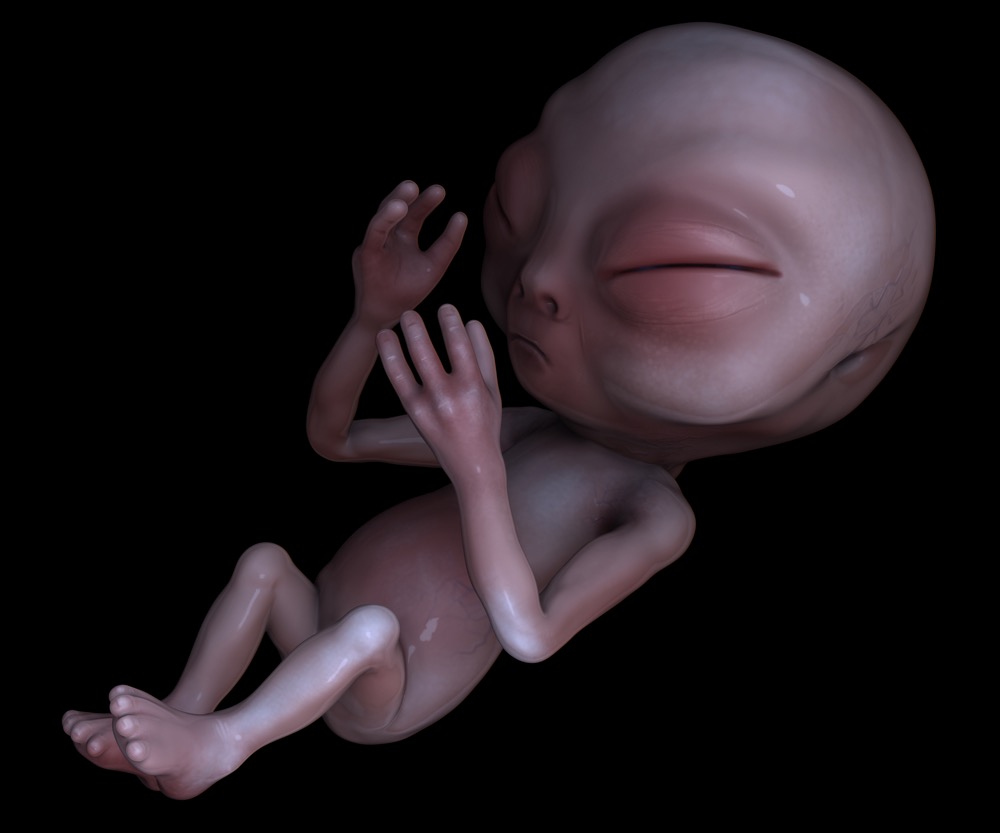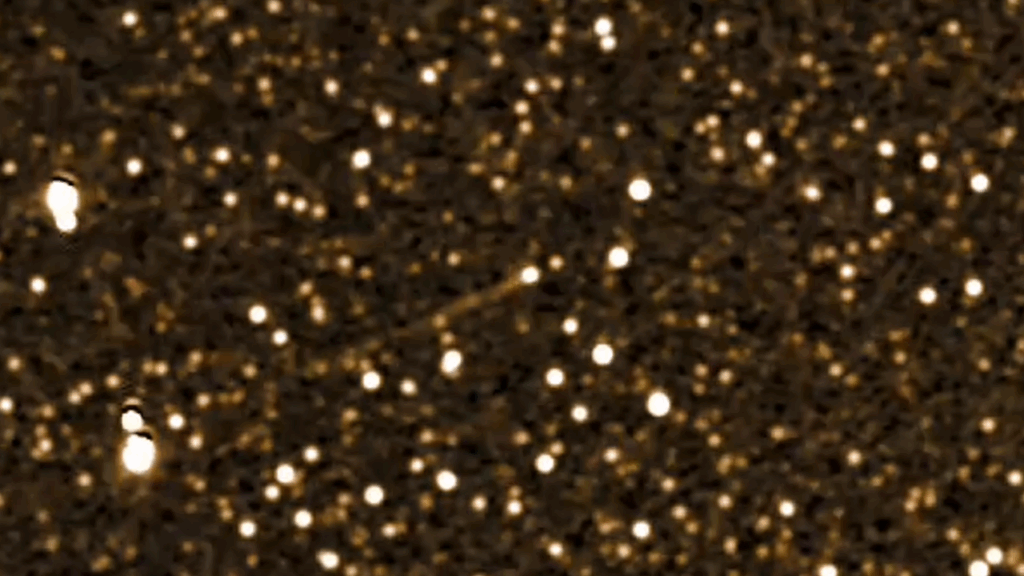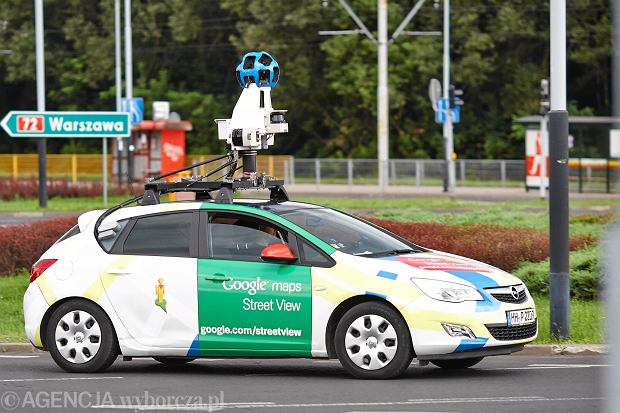Blog
Scientists reconstruct the tattoos of a 2,000-year-old Siberian ice mummy

Despite their ubiquity, ancient tattoos are difficult to study. Scientists have relied on inked-up mummies for glimpses into the early origins of the art form. But tattoos on their skin are often faded or rendered invisible by the mummification process, limiting how much researchers can glean from them.
Now, new technologies are helping bring these ancient tattoos back to life. An international team of researchers used high-resolution near-infrared photography to reconstruct the tattoos of a mummified woman, preserved in the Siberian permafrost for about 2,000 years. They also determined what tools were used to create the designs on her body, as well as assess the tattooist’s skill level.
The findings, published Wednesday in the journal Antiquityoffer new insights into the significance that tattooing played in the Iron Age culture the mummy once belonged to.
Ancient ink, new technology
In the mid-20th century, archaeologists found a treasure trove of mummies in Central Asia’s Altai Mountains. These mummies were from a nomadic people known as the Pazyryk who lived in the region thousands of years ago. Among these mummies was a woman found buried alongside a man, nine horses, a wagon, and several ornate rugs. This mummy and her belongings ended up at the State Hermitage Museum in Saint Petersburg, Russia, where researchers recently examined what was left of her tattoos.
“Her tattoos weren’t even visible when she was first excavated because the skin had already darkened,” says Gino Casparian archaeologist at the Max Planck Institute of Geoanthropology in Germany and lead author of the study. “We knew there had to be more beneath the surface.”

Countless Adventures for Curious Familes
Limited Time: Bonus Issue Offer
Subscribe now andgift up to 4 bonus issues—starting at $34/year.
Caspari and his team used high-resolution near-infrared photography, an imaging technique that reveals things our eyes can’t see, to create a 3D model of the Pazyryk mummy. While such imaging techniques have existed for several years, only recently have they been used to study tattoos thought to be lost to time.
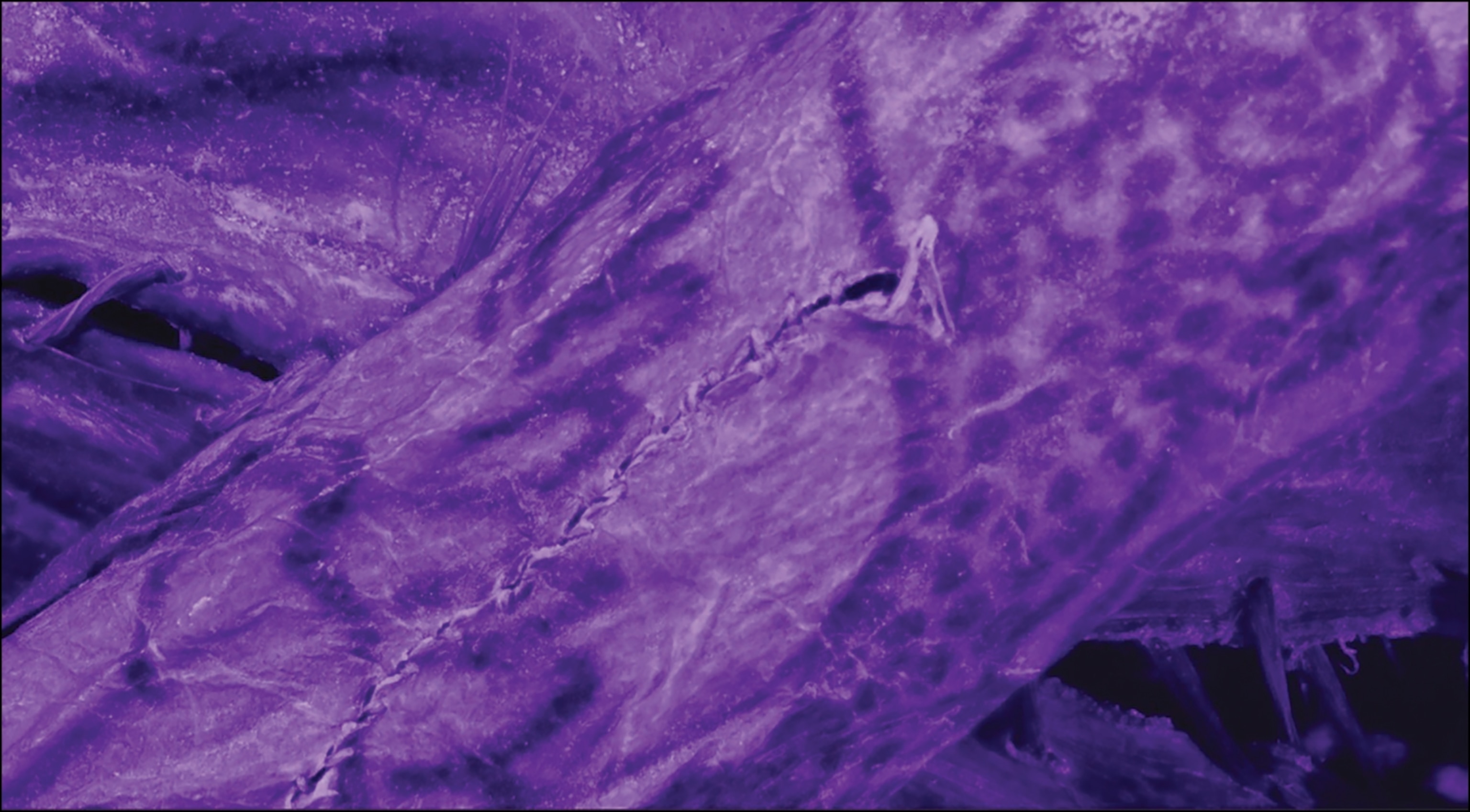
Close-up high-resolution photograph of the tattoos on one forearm of the ice mummy. A cut made when preparing the individual for burial runs through the tattoos, indicating tattoos did not play a specific role in funerary rituals
Image Courtesy G Caspari & M-Vavulin
“Using this non-invasive method, we were able to uncover tattoo designs in unprecedented detail,” says Caspari, “which allowed us not only to document the tattoos accurately, but also to reconstruct how they were made.”
Pokes or threads?
The scan and subsequent analysis revealed tattoos up and down the mummy’s hands and forearms. Her hands were decorated with birds and other small motifs, while her forearms served as a canvas for complex scenes depicting reindeer-like animals being hunted by tigers, leopards, and even a beaked four-legged animal that resembles a griffin.
The researchers say the finding helps answer a debate about how the Pazyryk tattoos were done. Were they created through stitching, what we call subdermal tattooing where pigment is carried by a thread? Or by poking with a sharp stick?
“Our study shows clearly that these were made with puncture techniques—what today we’d call hand poking,” says Caspari.
You May Also Like
He adds that the tattooists also likely used both single-point and multi-point tools to achieve different effects. To support his claims, Caspari points to a field study that his colleague conducted: that individual gave himself a leg tattoo using the hand-poking method to see how such tattoos healed.
“That experimental work was key,” he says.
A personal touch
Caspari and his team also concluded that the tattoos were not all done by artists of the same skill level.
“The right forearm was masterfully composed—it played with body contours, used perspective, and included really fine detailing. The left forearm, in contrast, was more basic in its layout and execution,” Caspari says.
They added that either two different tattooers worked on this woman or that one artist did the work early in their career and then again at later points after their skills improved. Despite the differences in detail between the two arms, the study suggests even the most basic of this mummy’s tattoos wouldn’t be easy for today’s tattoo artists to replicate.
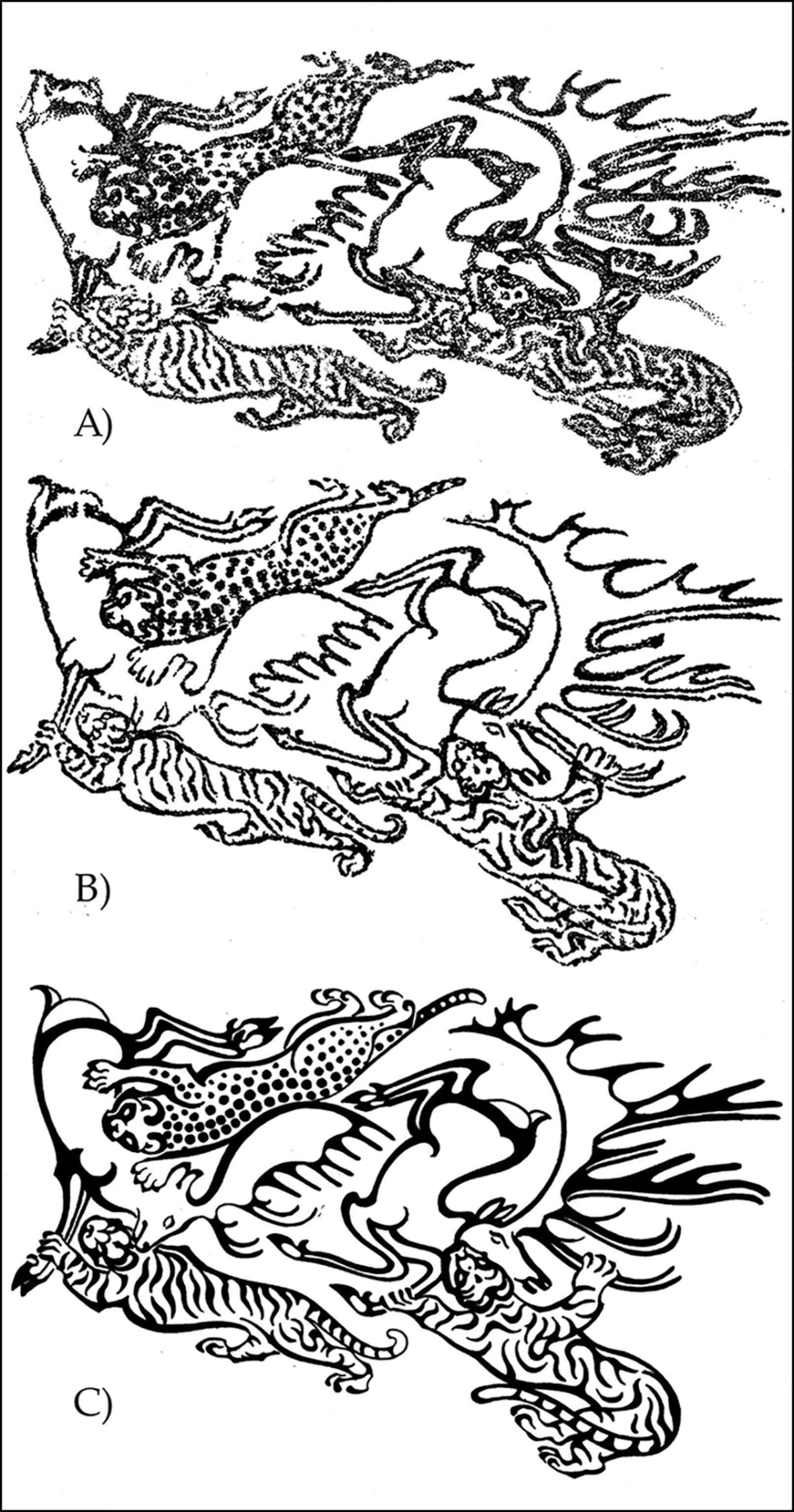
Figure 4 Right forearm tattoo left side oriented toward the wrist A current state B deskewed evening out skin fold and compensating for the desiccation process C idealised artistic rendering.
Illustrations Courtesy D. Riday
“Tattooing is more complex than it seems,” says David Lanea criminal justice scientist at Illinois State University who studies contemporary tattoos and wrote a book about tattoo artists called “The Other End of the Needle: Continuity and Change Among Tattoo Workers.”
Lane, who was not involved with the study, says that given the skill required and specialized tools used to make these tattoos, tattooing was likely a respected craft in Pazyryk society that required training and talent.
The researchers concluded that the artists responsible for this mummy’s tattoos were not only highly skilled but also creative. While many elements of these tattoos reflect known Pazyryk iconography, others do not, suggesting the artist put their personal touch into the work.
“It’s important to remember they were created by human hands,” says Natalia Polosmakan archeologist at Russia’s Institute of Archaeology and Ethnography who was not involved with the study.
Polosmak, who has discovered multiple Pazyryk mummies, including the famous Ice Maiden mummy in 1993, says that while this study does not revolutionize what we know about the Pazyryk people, “it is very gratifying that the mummies and tattoos continue to attract interest from new generations of scientists eager to contribute to the study of these compelling and rare subjects.”
For Caspari, just being able to examine this ice mummy and its collection of ancient artwork was a privilege: “It’s a fascinating look into the past of a talented practitioner and a great addition to the prehistory of a craft that is important for people around the world today.”








